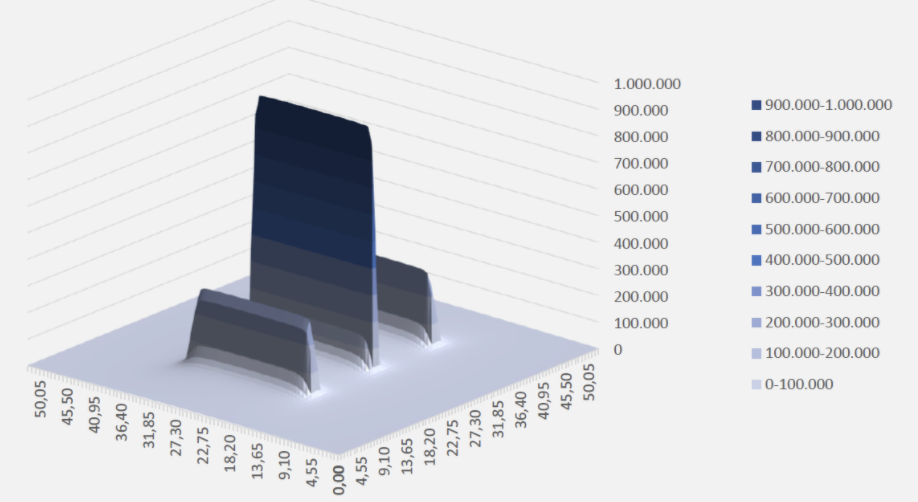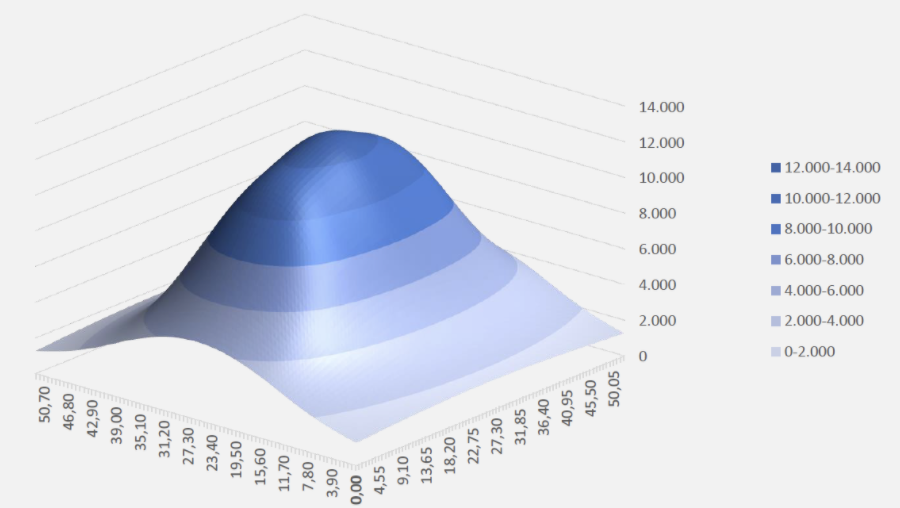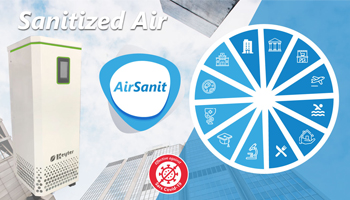Ultraviolet C (UV-C) light has been identified as one of the most important barriers to preventing SARS-CoV-2 airborne infections. Its germicidal action has been shown to be effective, both on surfaces and in the air, by deteriorating the virus’s RNA and preventing its replication within our cells.
The water purification sector has been working with this type of device for some time with very satisfactory and proven results. The list of pathogens that we can deactivate with UV-C is wide, common diseases such as the flu could be alleviated, their study has been extensively carried out and documented. You just have to determine the dose that we must affect the target pathogen and design an efficient system to deactivate it.




